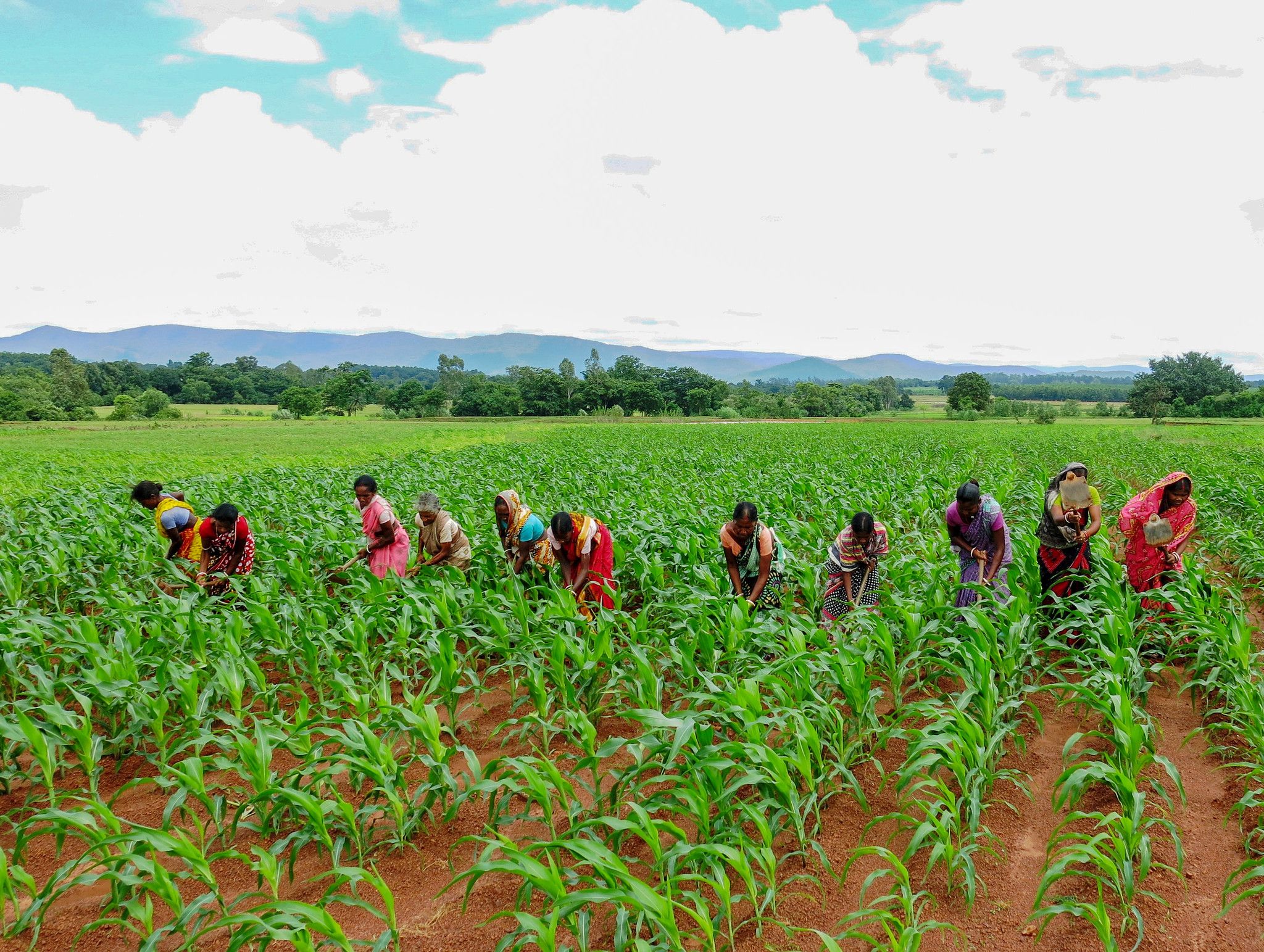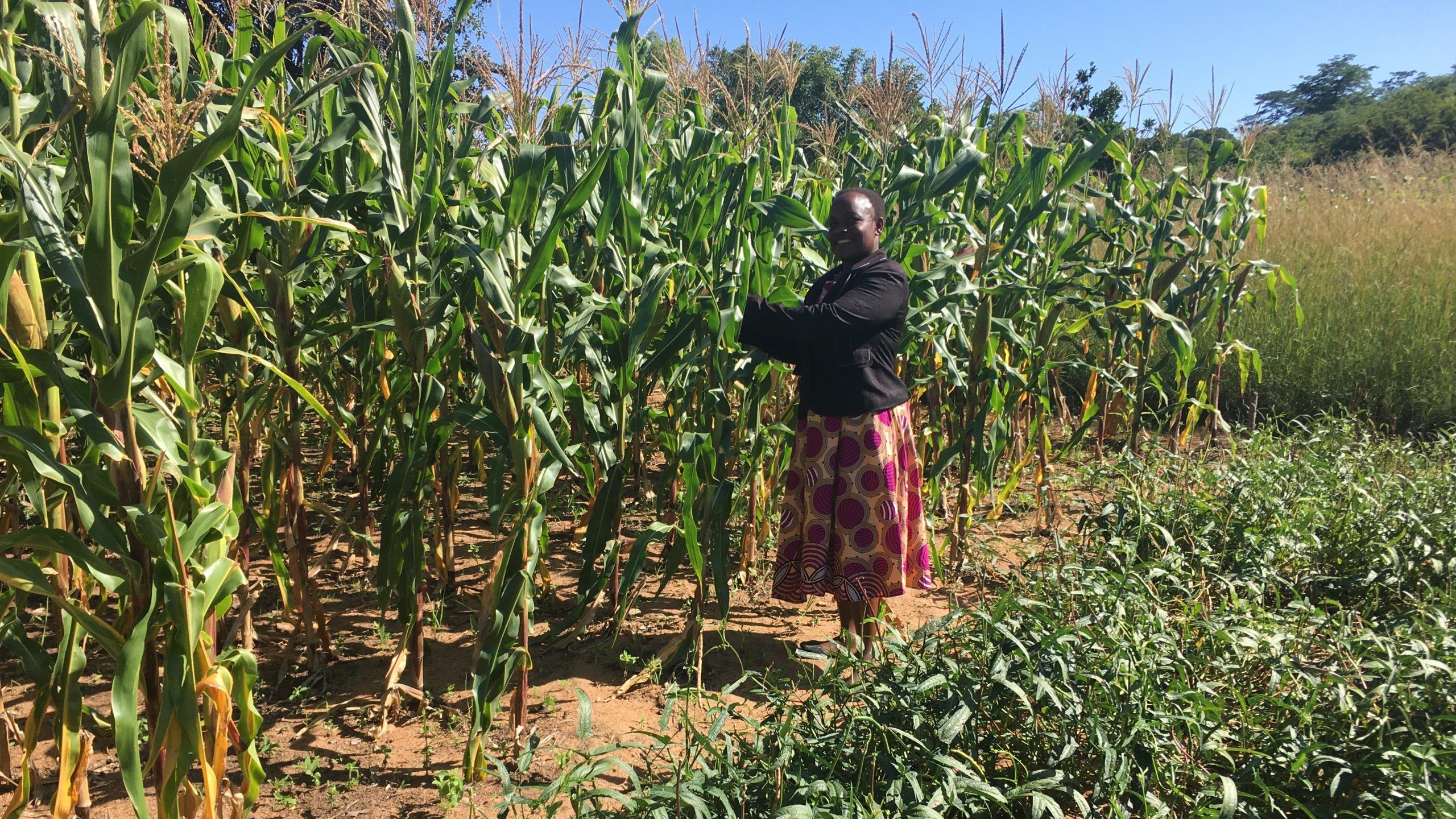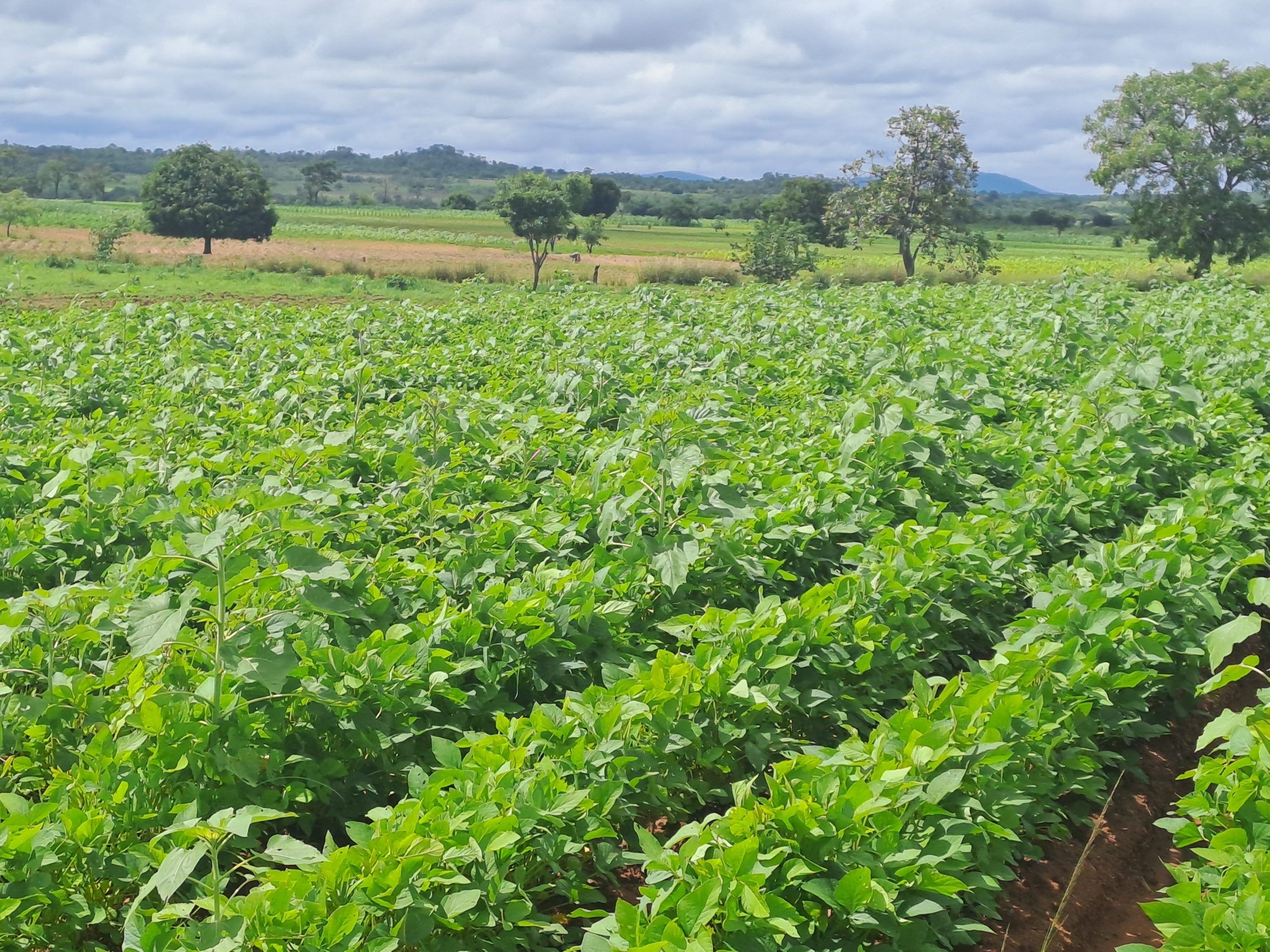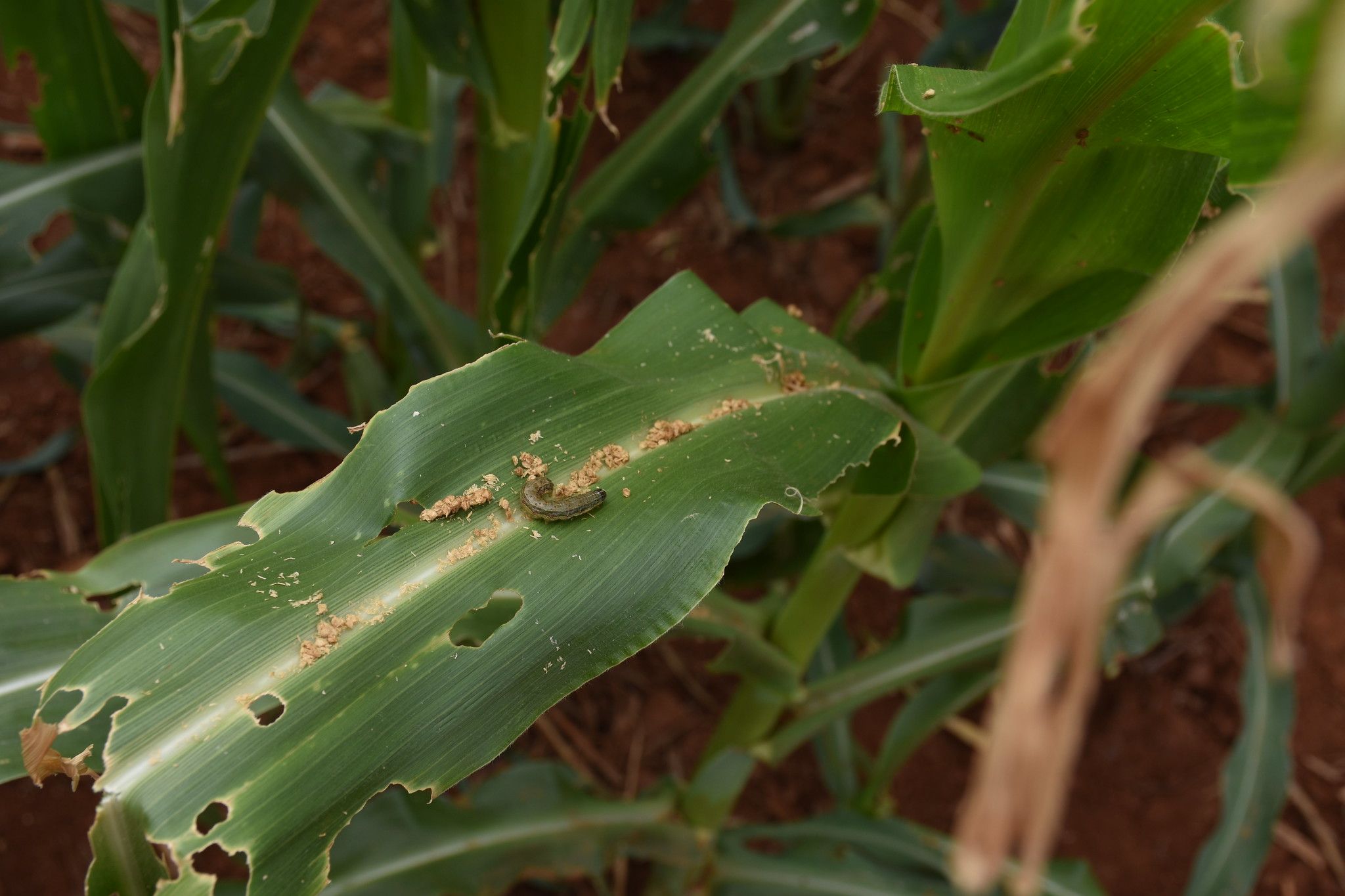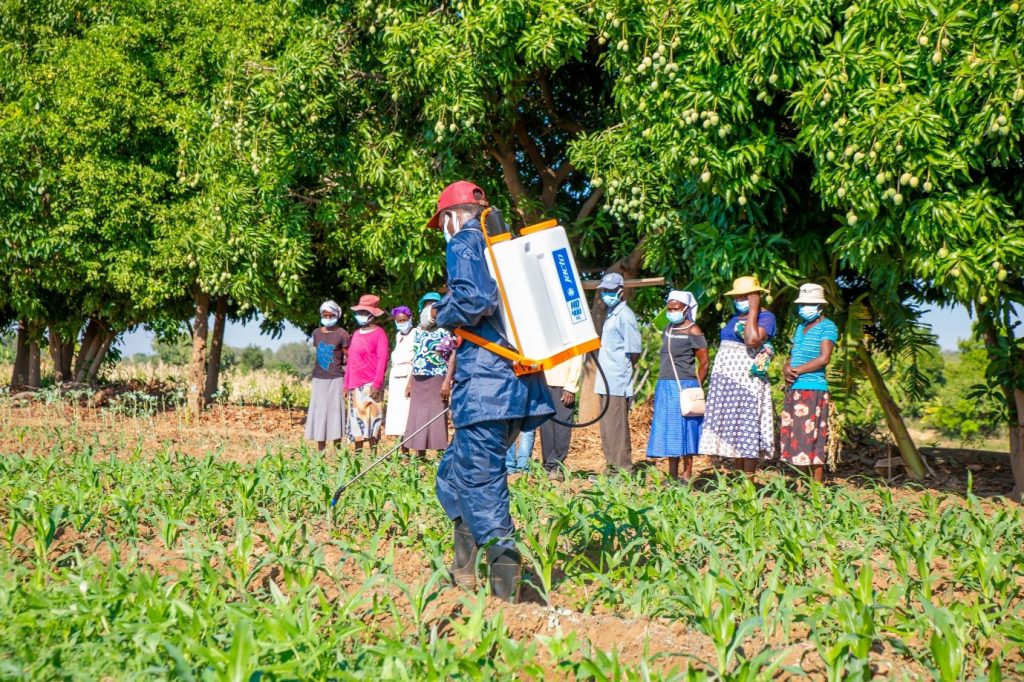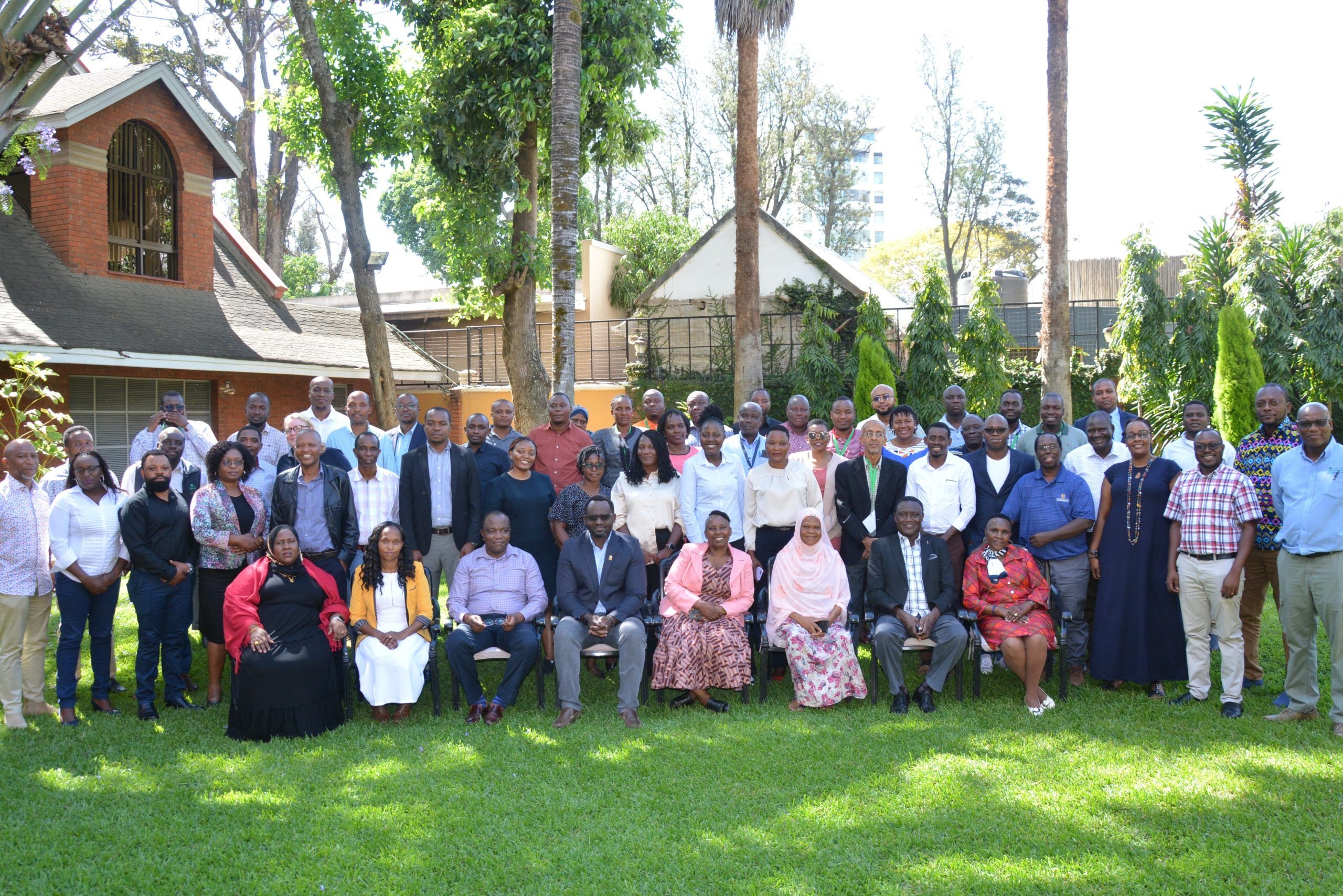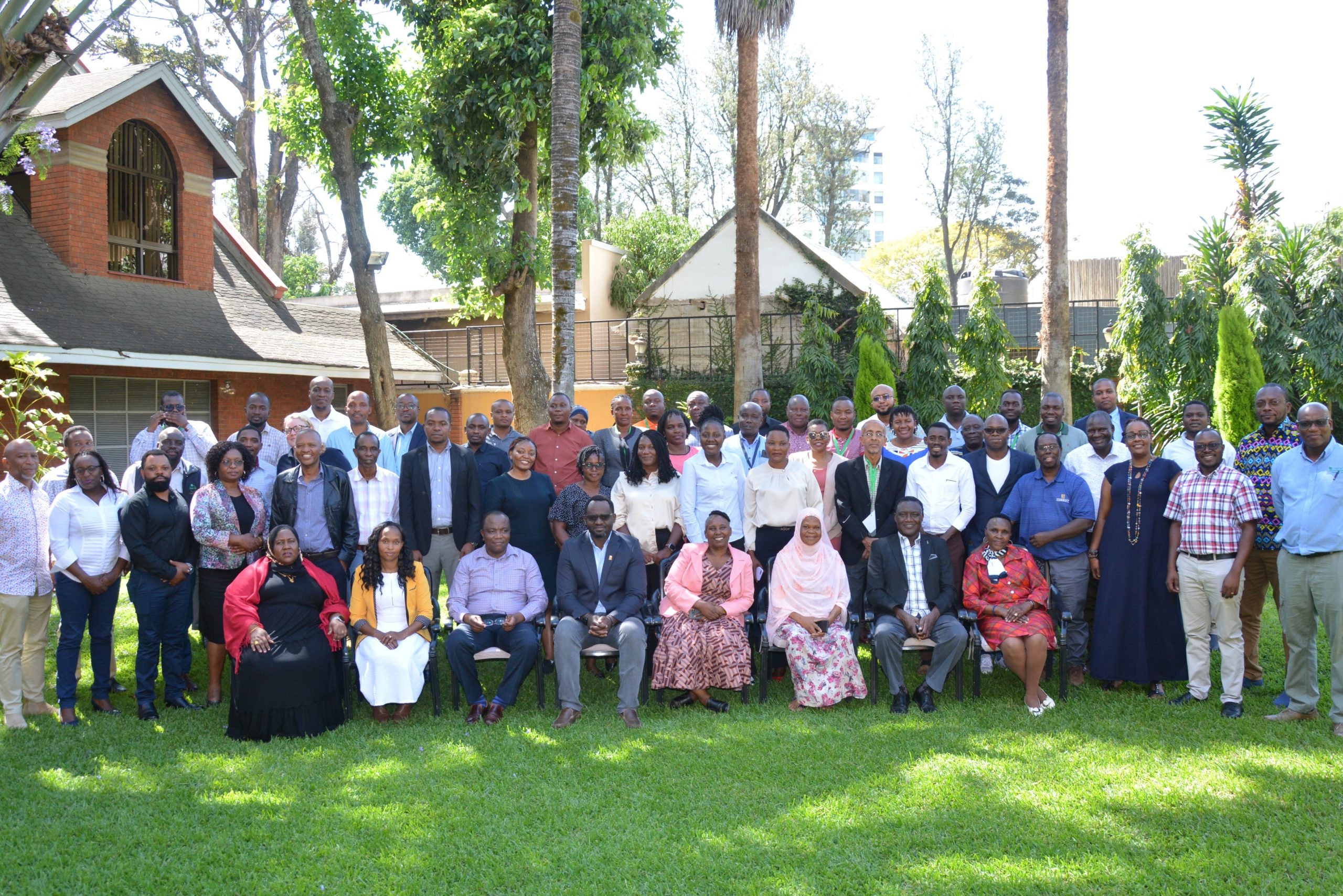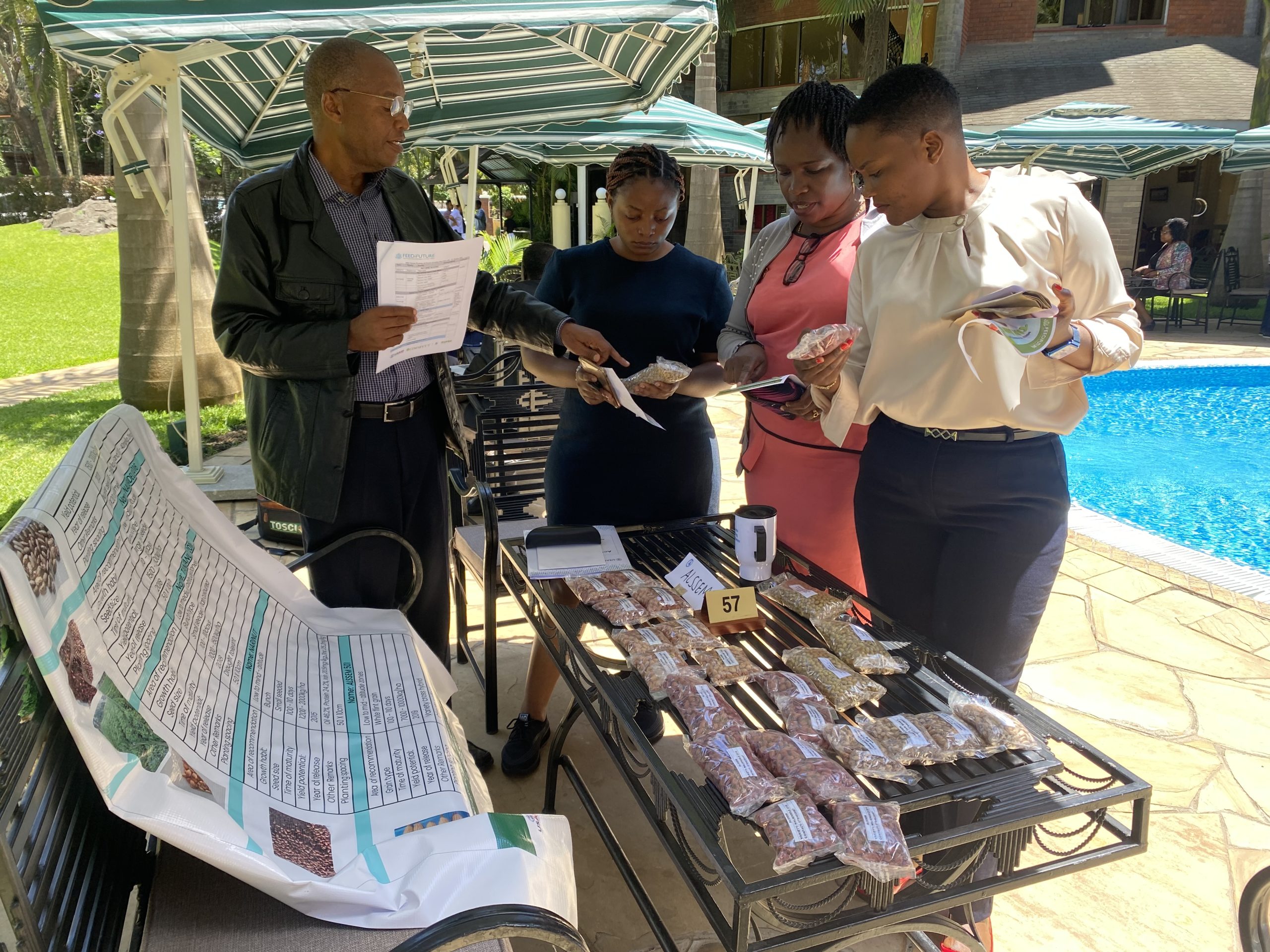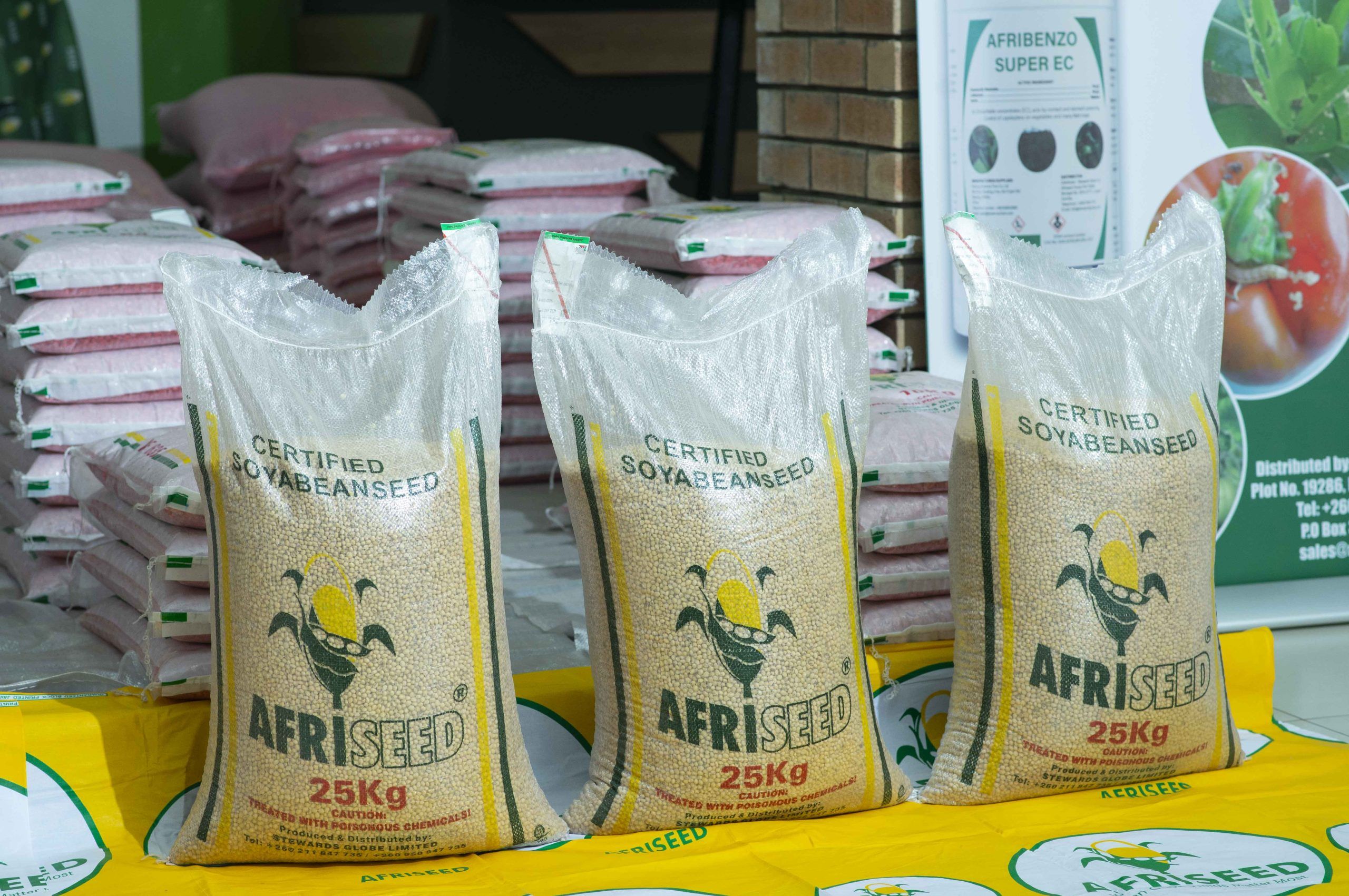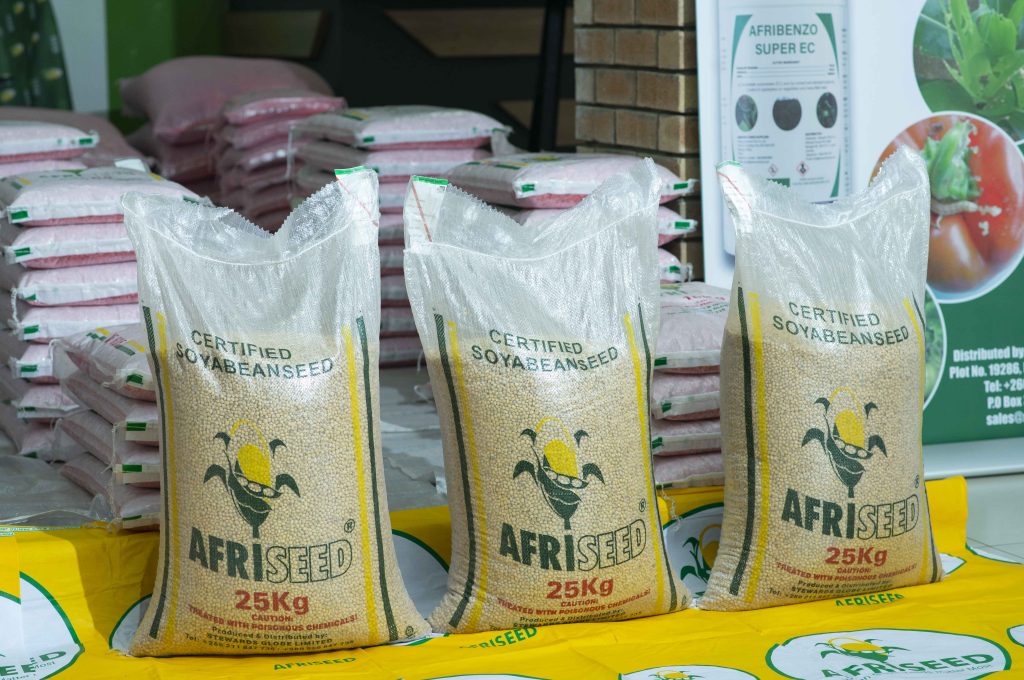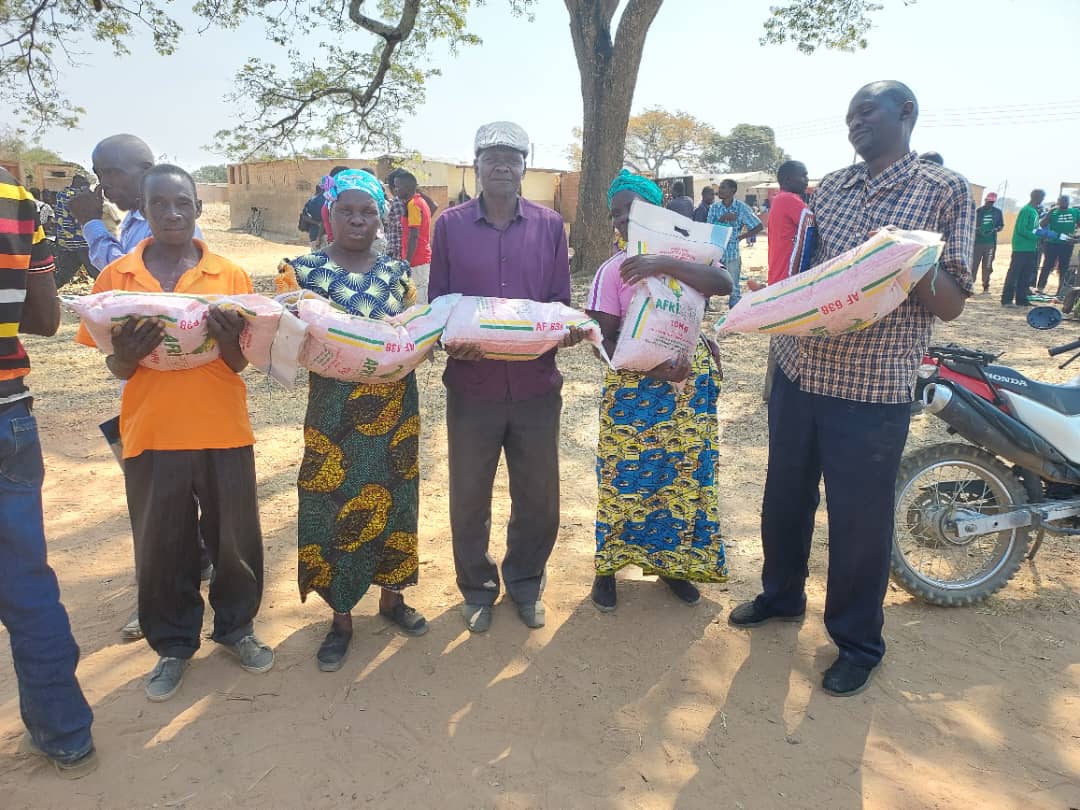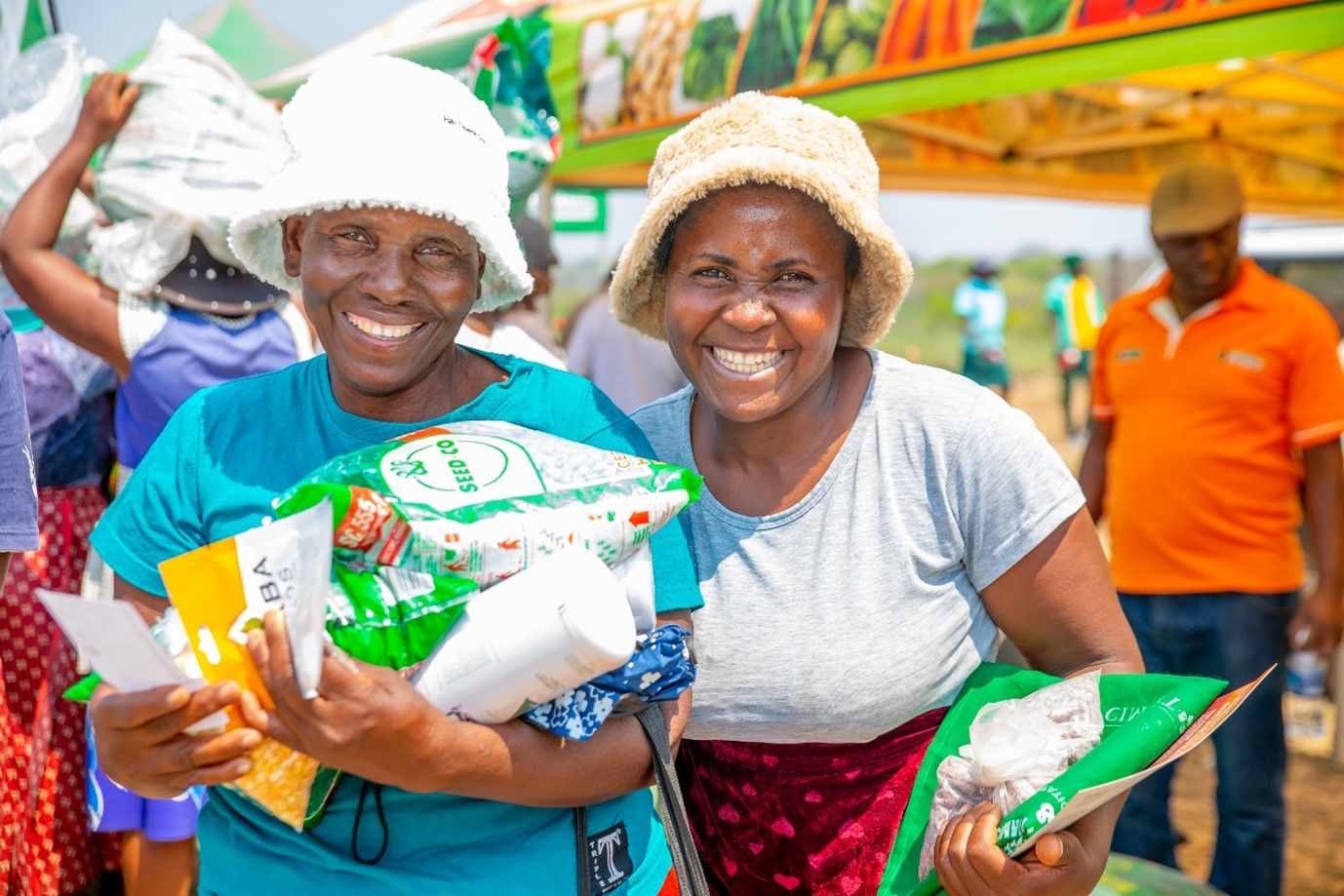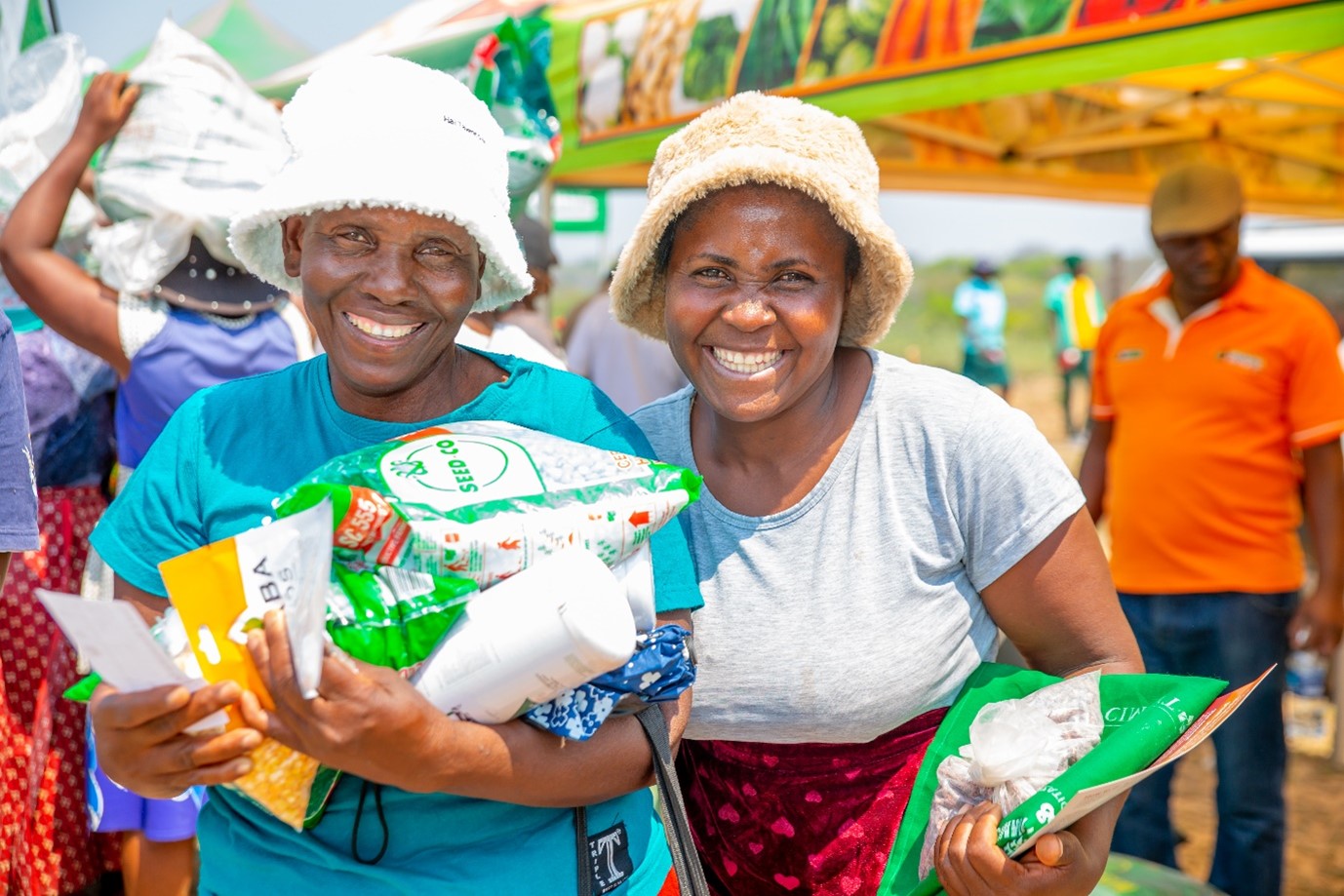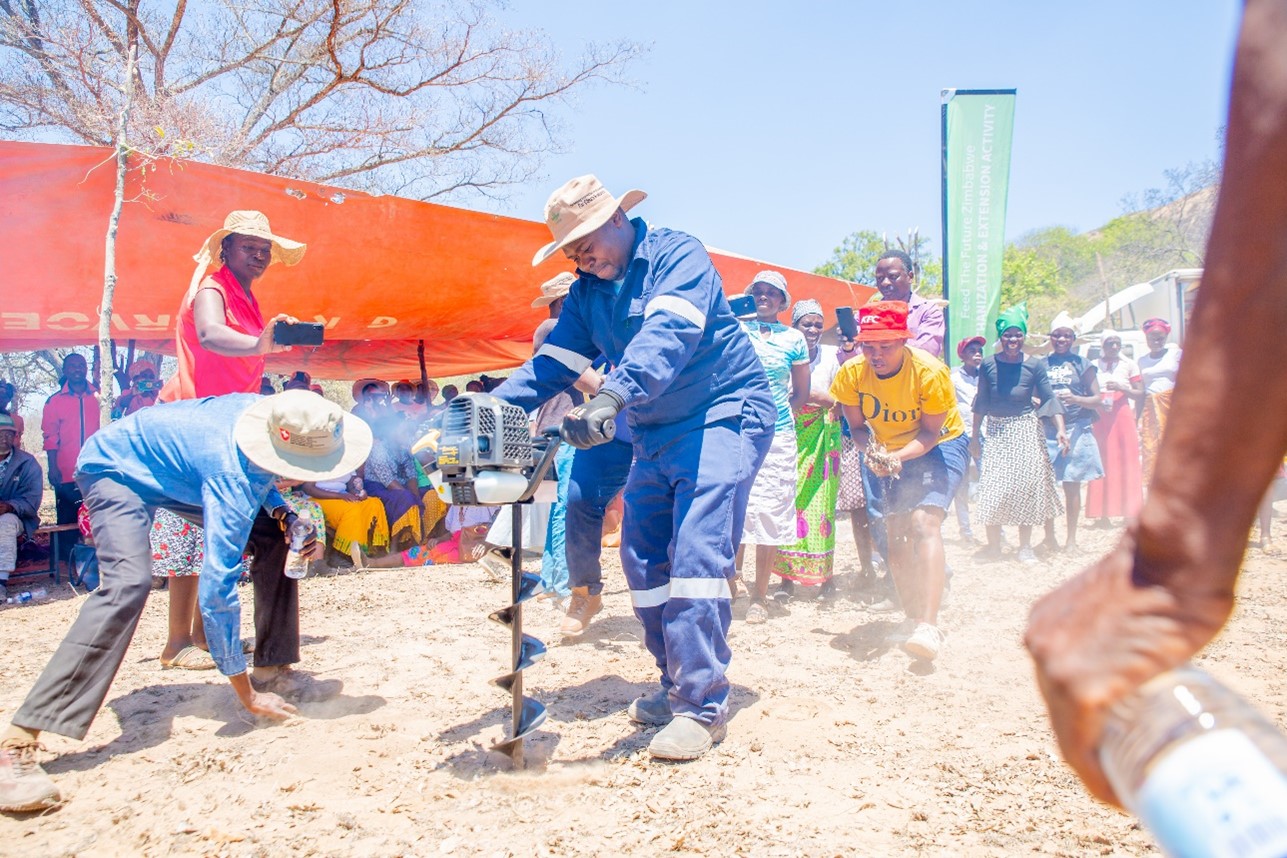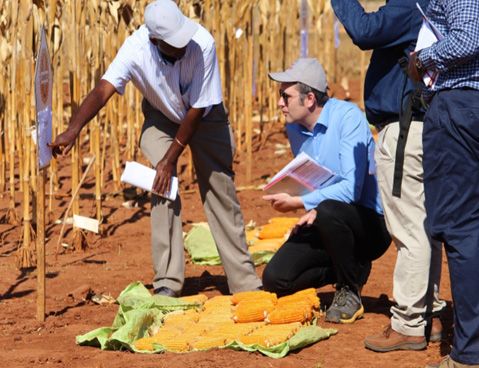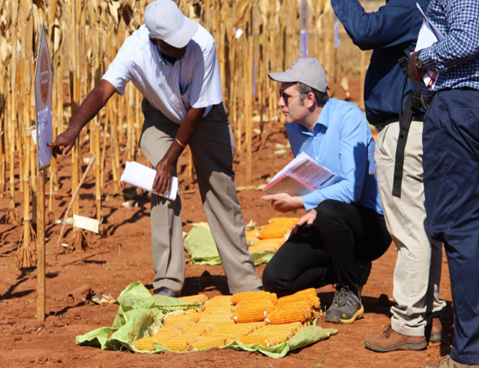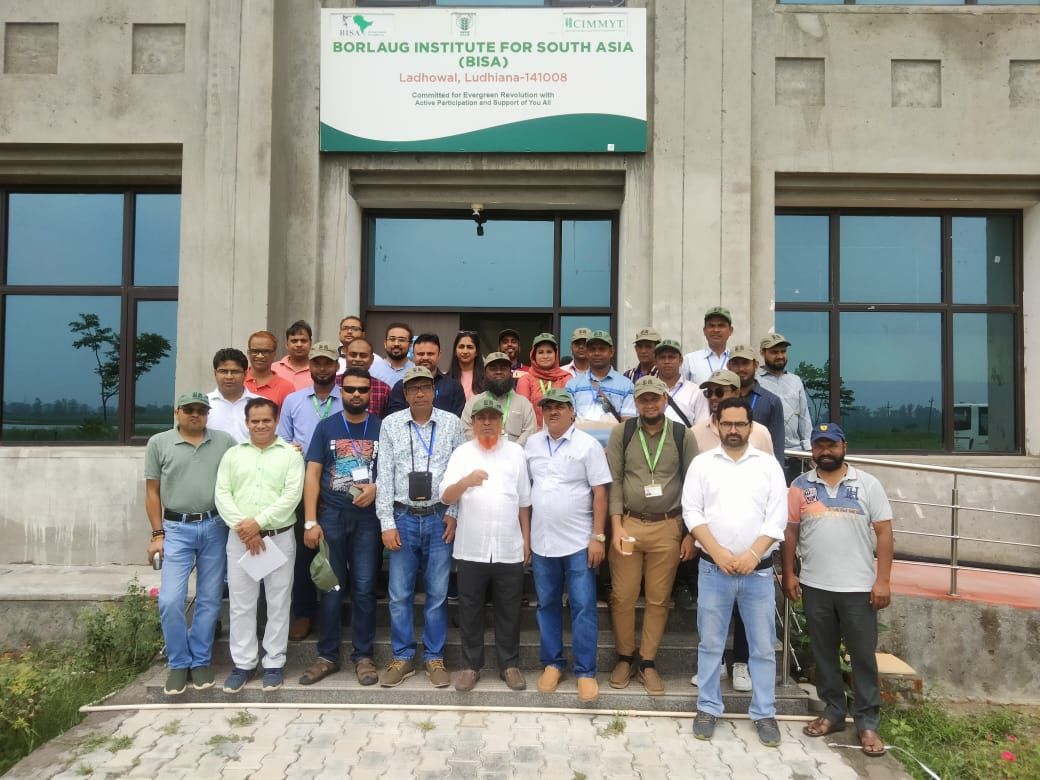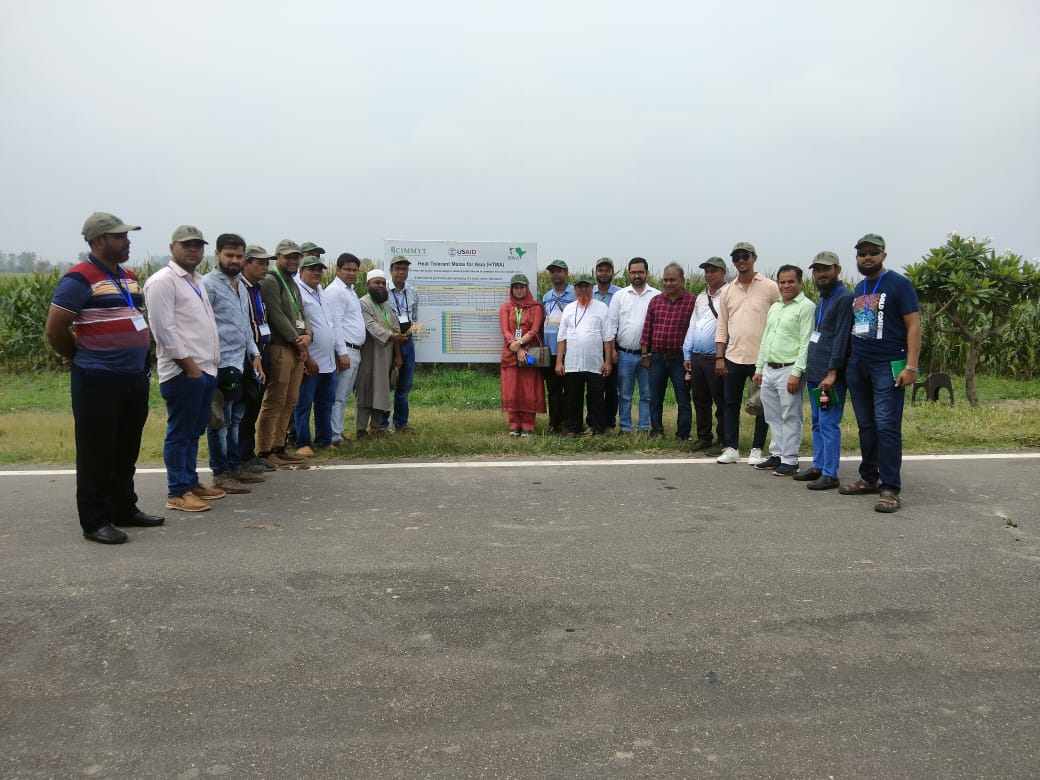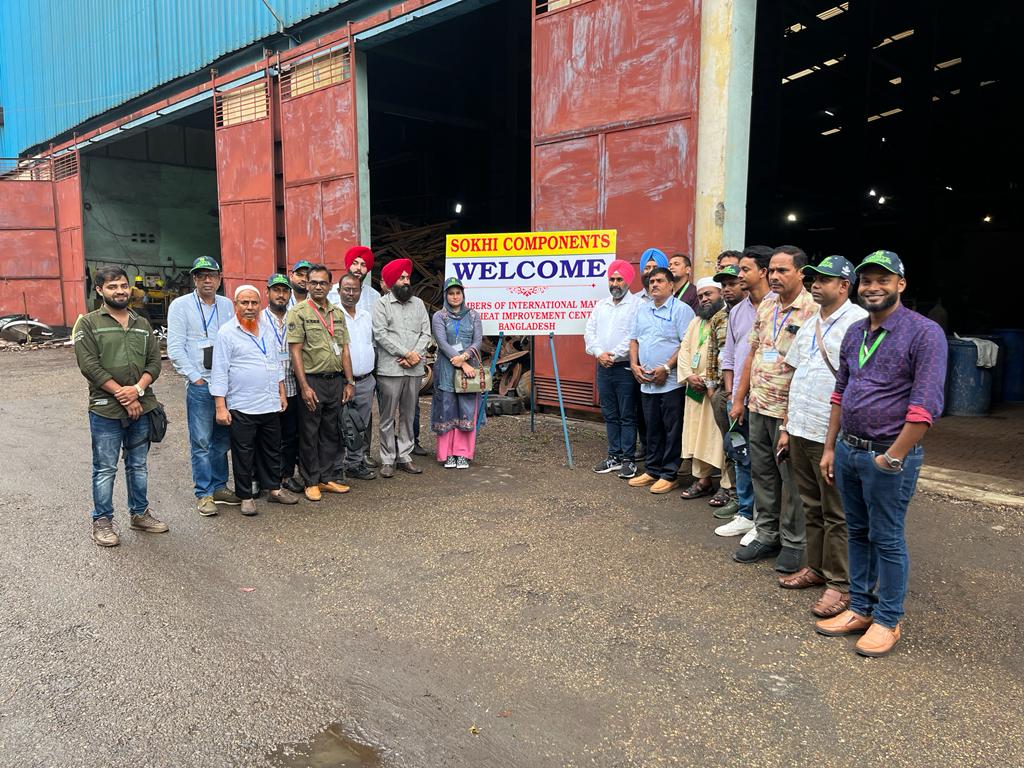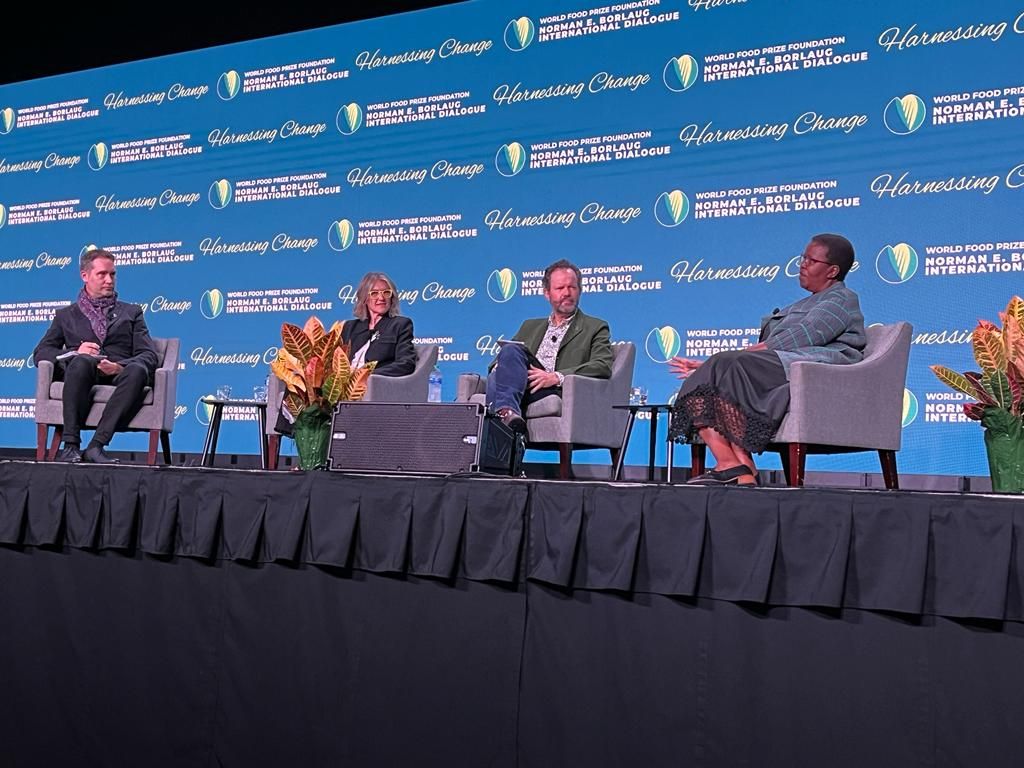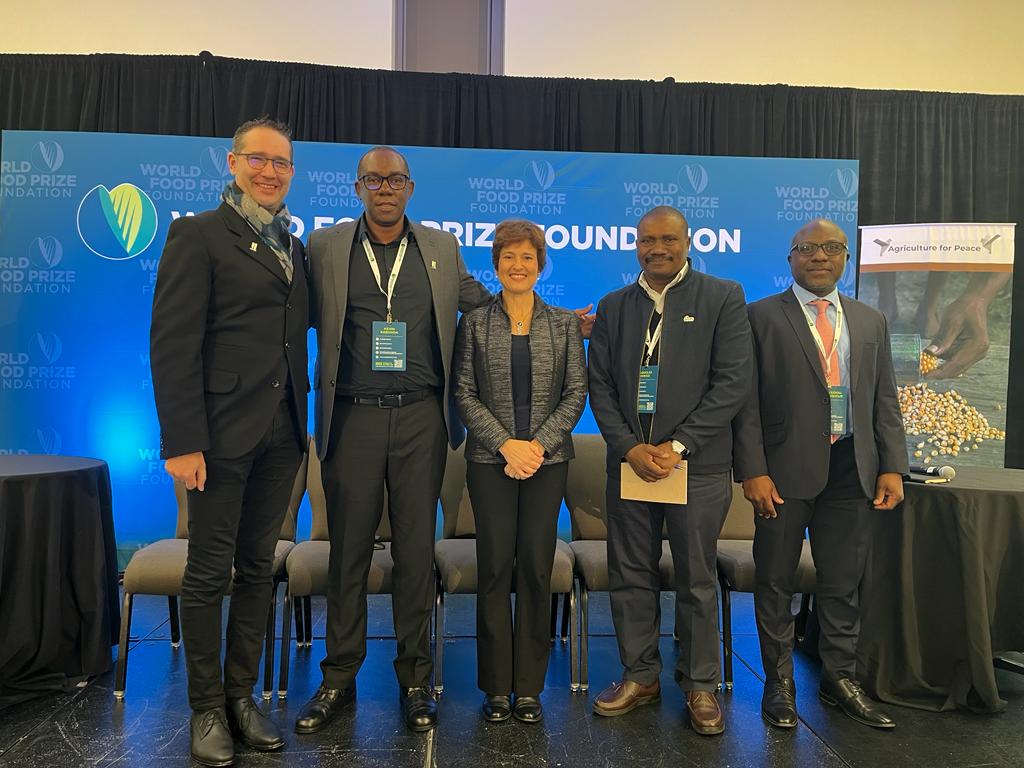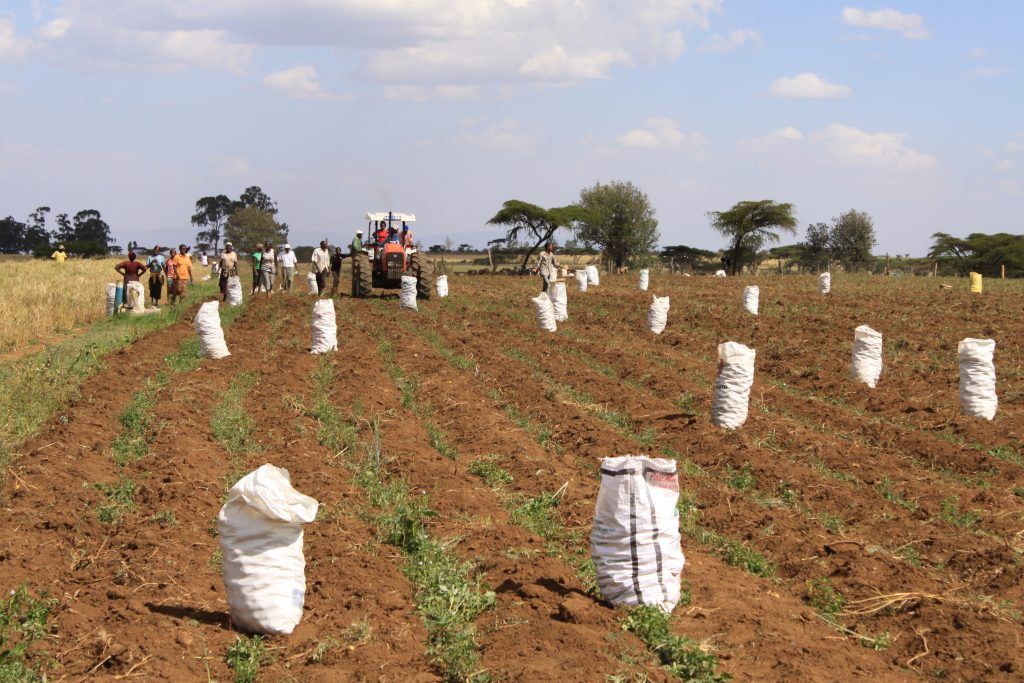Enhancing wheat breeding efficiency in South Asia through early germplasm access
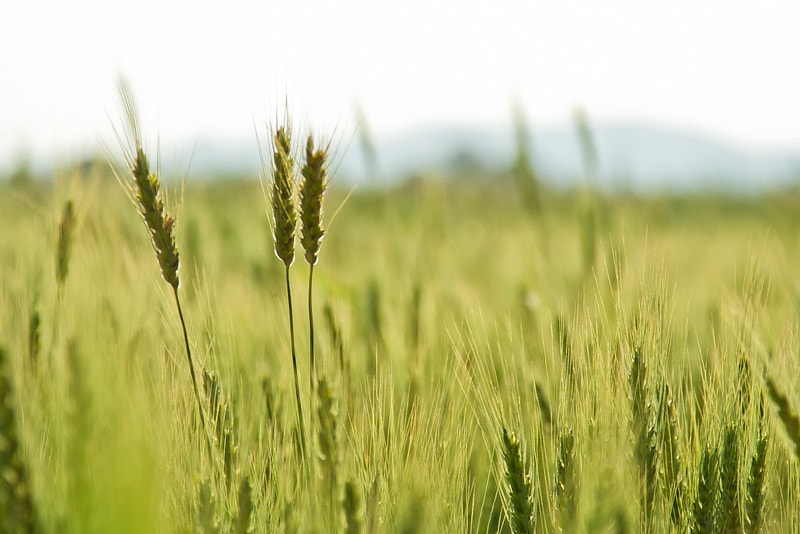
In the dynamic landscape of wheat breeding, early access to germplasm emerges as a strategic catalyst for accelerating variety turnover and meeting the evolving challenges faced by farmers in South Asia. Since its inception, the Accelerating Genetic Gains in Maize and Wheat (AGG) project has pioneered new tools to optimize the wheat breeding process. One such tool, the efficient and low-cost 3-year breeding cycle, has been fine-tuned in Mexico, using the Toluca screenhouse and field advancement in Obregón, laying the groundwork for faster variety turnover.
The inaugural set of lines generated through this enhanced breeding cycle is already undergoing Stage 1 trials in the Obregón 2023-24 season. However, the innovation doesn’t stop there; to expedite the variety release process and garner robust data from the Target Population of Environments (TPE), Stage 2 lines are being rigorously tested at over 20 sites in South Asia through collaboration with National Agricultural Research and Extension Services (NARES) partners. In the seasons spanning 2021-2024, a total of 918 Stage 2 lines underwent rigorous trials, aiming to provide early access to improved wheat lines for testing and release by NARES and establish a genetic correlation matrix between Obregón selection environments and diverse sites across South Asia.
These extensive trials serve a dual purpose. Firstly, they facilitate early access to improved wheat lines for testing and release by NARES, bolstering the agricultural landscape with resilient and high-yielding varieties. Secondly, they contribute to the establishment of a genetic correlation matrix between the selection environments in Obregón and the diverse sites across South Asia. This matrix becomes a guiding compass, aiding in selecting the most promising lines for broader TPEs in South Asia and beyond.
Transformative impact on wheat varieties in South Asia
Through the support of our partners and funders from the Bill & Melinda Gates Foundation, the Foundation for Food and Agriculture Research (FFAR), the UK Foreign, Commonwealth & Development Office (FCDO), and the US Agency for International Development (USAID), great achievements have been recorded throughout the region. India, a prominent player in wheat cultivation, stands as a testament to the transformative impact of early access to advanced lines. The top three varieties, namely DBW187, DBW303, and DBW 222, covering over 6 million hectares, trace their roots to CIMMYT varieties. Adopting a fast-track approach through early-stage testing of these advanced lines at BISA sites in India, supported by the Delivering Genetic Gain in Wheat (DGGW) project, facilitated the release of these varieties two years ahead of the regular testing process. This expedited varietal release was complemented by the innovative early seed multiplication and dissemination approach introduced by the Indian Council of Agricultural Research (ICAR). Recent additions to this accelerated channel include varieties such as DBW 327, DBW 332, DBW 370, and 371, promising further advancements in wheat cultivation.
Pakistan
In Pakistan, the early access to advanced lines has been a catalyst for releasing high-yielding, climate-resilient, and nutritious wheat varieties. In 2023 alone, 12 new varieties were released, with the renowned ‘Akbar-19,’ introduced in 2019, covering a substantial 42% of cultivated land in Punjab. Data released by the Ayub Agricultural Research Institute (AARI), shows that this variety, known for its high yield potential, disease resistance, and enriched zinc content, has significantly contributed to increased wheat production in the region.
Nepal
Guided by policy interventions in the national varietal testing process, Nepal has experienced the fast-track commercialization of high-yielding and climate-resilient wheat varieties. Allowing multilocation testing of CIMMYT nurseries and advanced elite lines, Nepal released six biofortified zinc wheat varieties in 2020. The expeditious seed multiplication of these released and pre-release varieties has facilitated the rapid spread of new and improved wheat varieties.
The strategic utilization of early access to wheat germplasm in South Asia holds promise in accelerating variety turnover, offering farmers resilient and high-performing wheat varieties. Collaborative efforts between research institutions, government bodies, and international organizations exemplify the power of innovation in transforming agriculture. With an ongoing dedication to refining breeding cycles, expanding testing initiatives, and fostering collaboration, the AGG project contributes to building a sustainable and resilient agricultural future in South Asia. Early access to wheat germplasm emerges as a practical approach in this scientific endeavor, laying the foundation for a climate-resilient and food-secure region. The successes witnessed in India, Pakistan, and Nepal underscore the transformative potential of this approach, offering tangible benefits for agricultural communities in South Asia and beyond. In navigating the complexities of a changing climate and growing food demand, early access to wheat germplasm remains a pragmatic ally, propelling agricultural innovation and resilience to new heights.
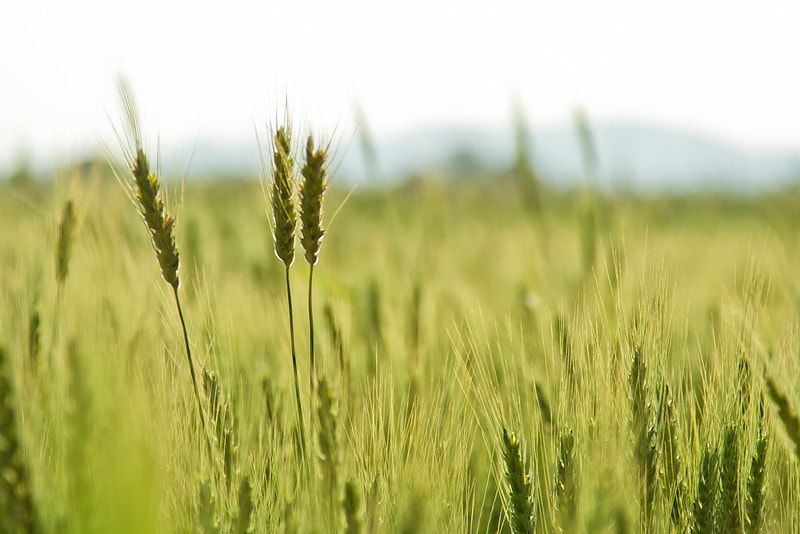
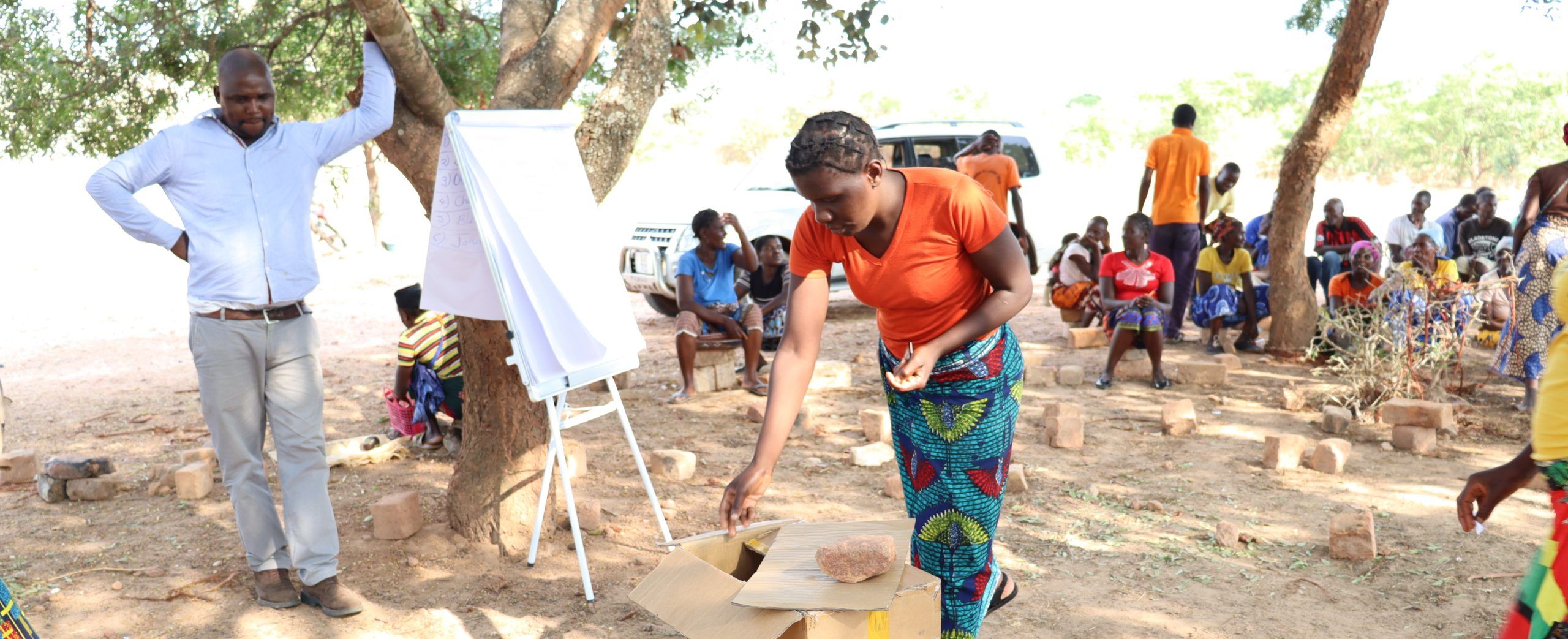
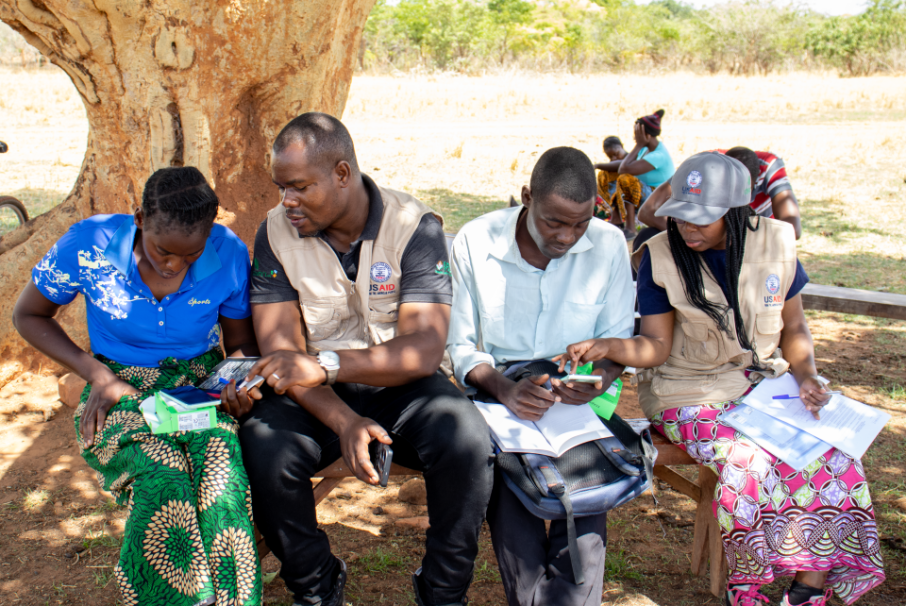
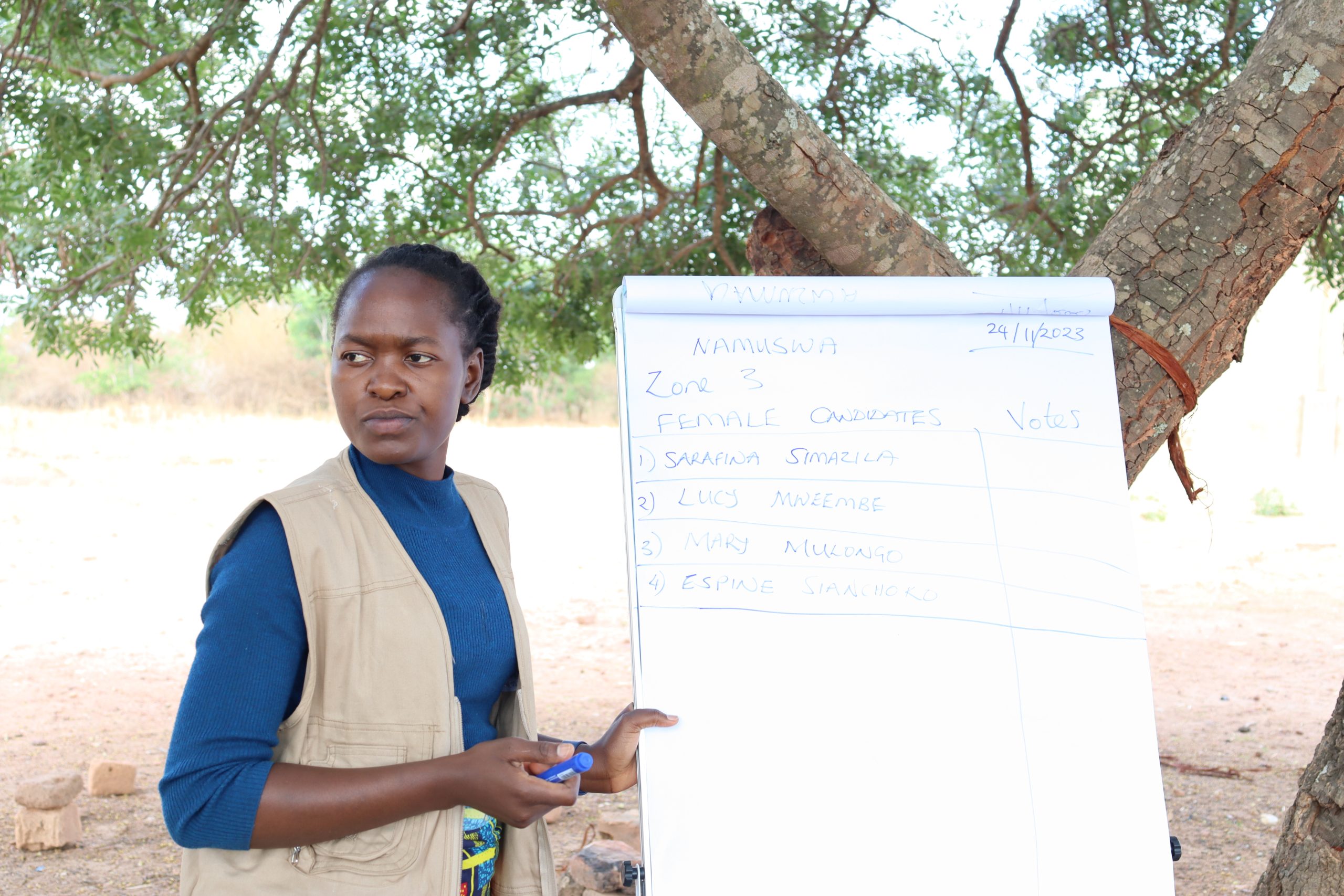
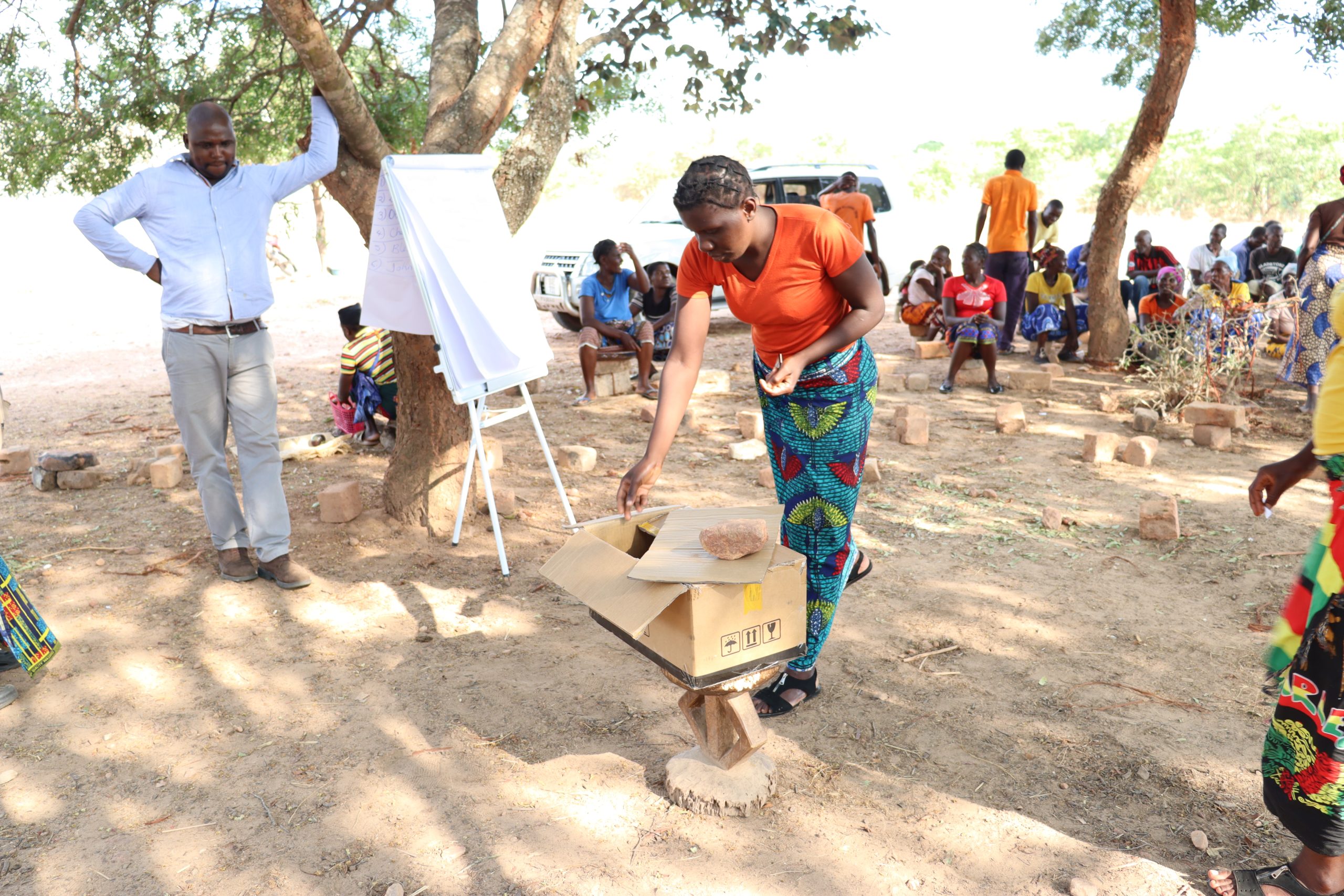
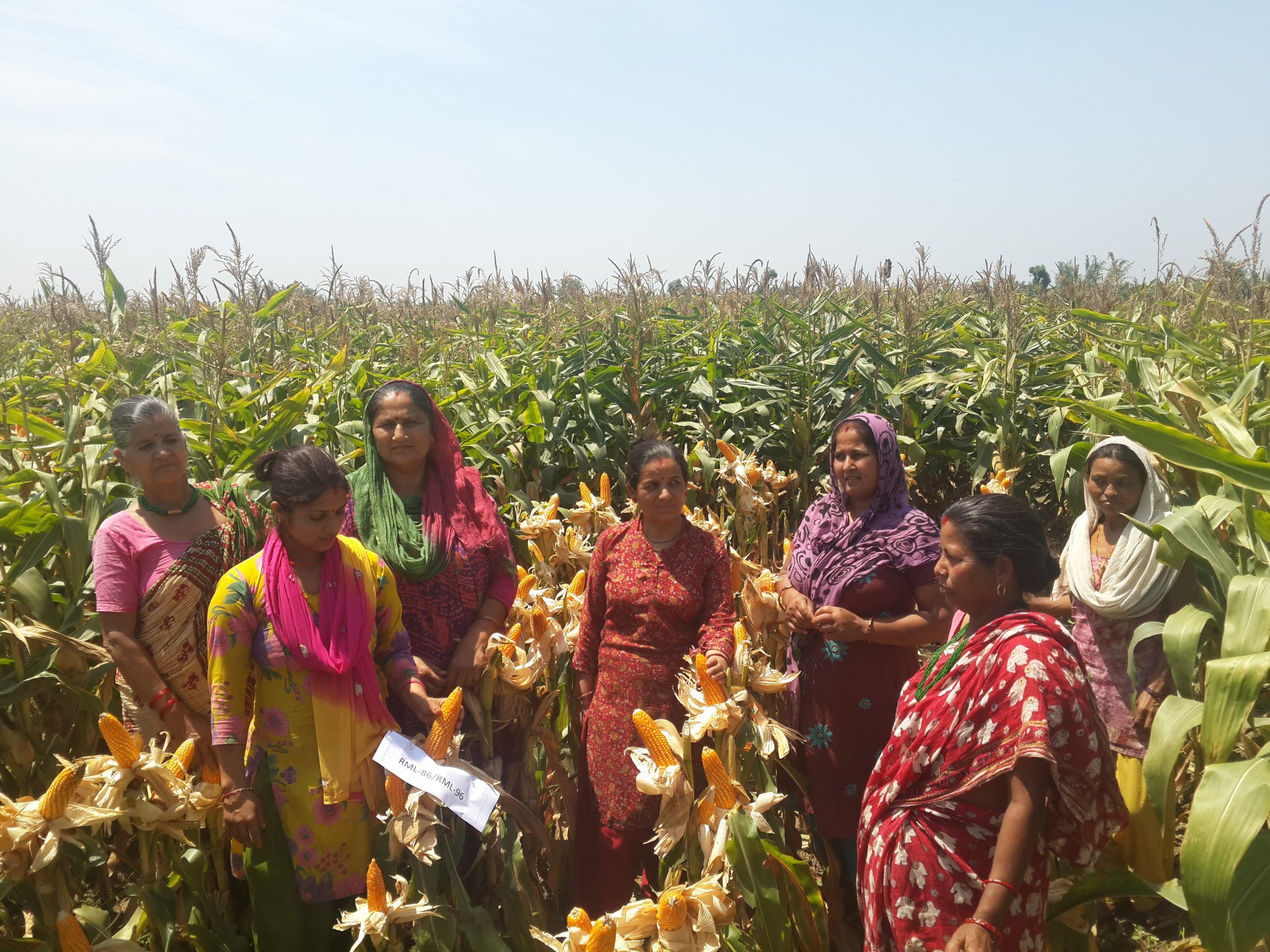
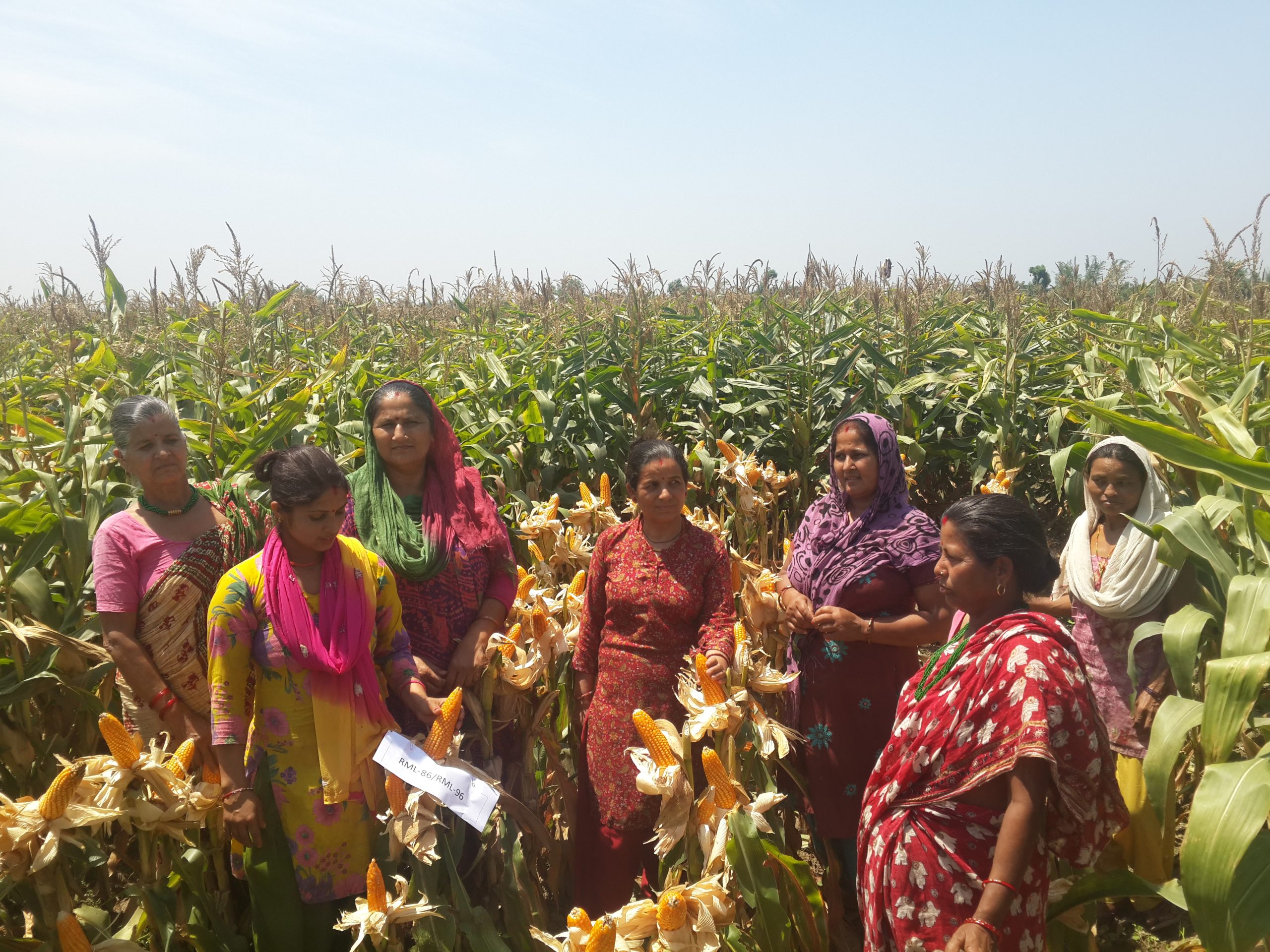 Delivery of HT maize hybrids to smallholder farmers in South Asia
Delivery of HT maize hybrids to smallholder farmers in South Asia 